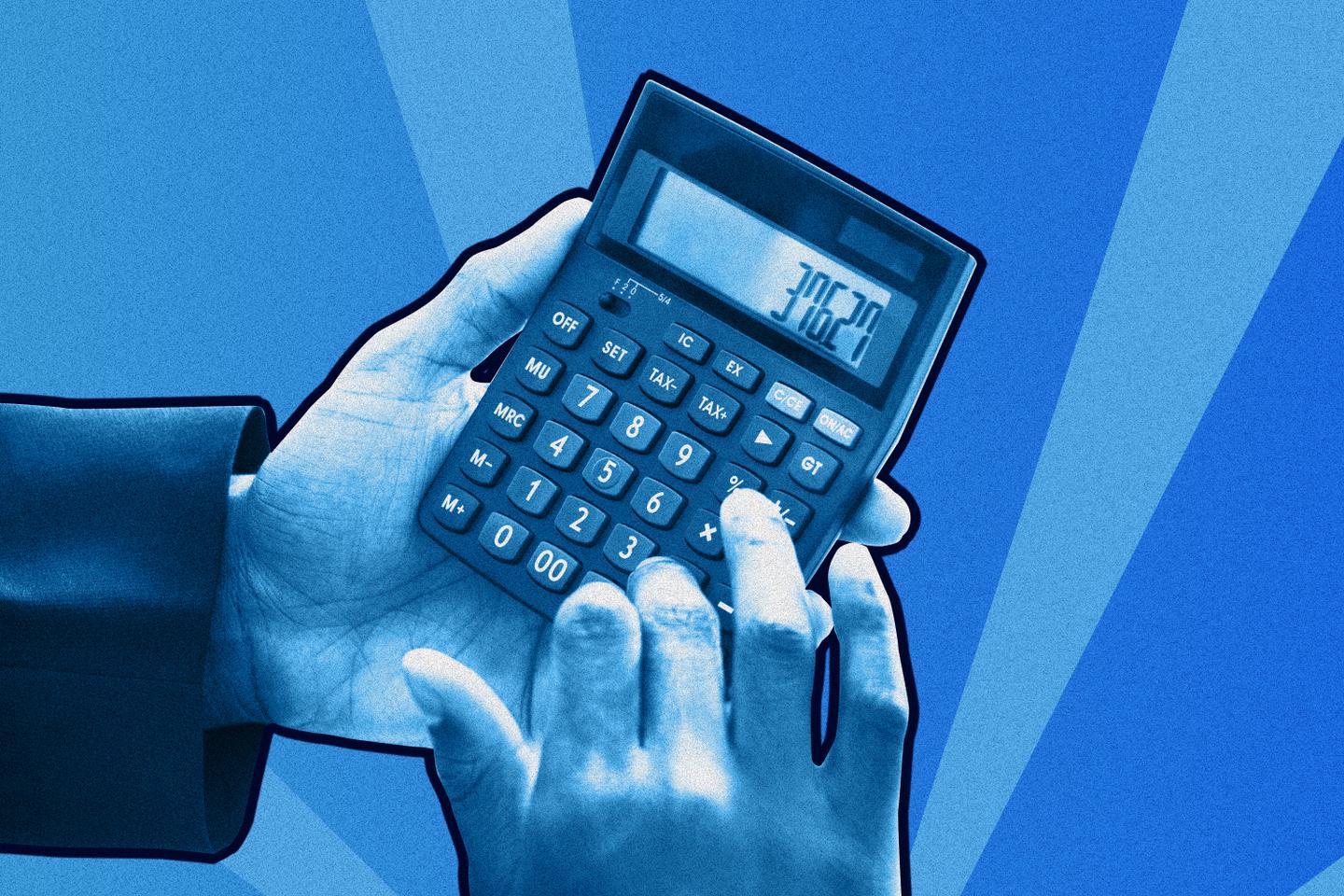


Since the announcement of the trade agreement with the United States on July 27 in Turnberry, Scotland, the European Commission has faced a barrage of criticism for allegedly "capitulating" to Donald Trump. Are these criticisms justified? Is this really such a bad "deal"?
The immediate benefit was clear: A trade war was avoided. In July, the Council of the European Union, which represents the governments of the member states, made it a priority to avoid 30% tariffs on European products and to reach a negotiated solution − in other words, to avoid a tariff war. This was achieved.
In a trade conflict, the winner is not the one who raises tariffs the most. We must move past this mercantilist view and never forget that such taxes are primarily paid by the consumers and businesses of the country that imposes them.
Two layers of protectionism
Thus, even if US tariffs raised to 15% directly hurt French and European exporters, they also impact the American economy. They cause inflation, which diminishes household purchasing power and weakens the competitiveness of companies as their production costs rise. For example, 50% tariffs on steel and aluminum certainly protect American producers of these metals, but they also increase costs for all industries (such as automotive and construction) that use them as inputs.
Retaliating against Trump's decisions by imposing tariffs on American products would have had a similar effect on European economic activity. Was it worth it?
A global tariff war reduces the gross domestic product of all countries involved. So far, the EU has fared reasonably well: The tariffs imposed on other countries are either identical (South Korea, Japan) or higher (Switzerland, China, South Africa, India, Canada, Brazil). Moreover, the impact of the new US tariffs on European and French exports will be all the more limited as the tariffs faced by other countries remain high. The aerospace sector, which is especially important for France, is also exempt from any increases.
You have 66.51% of this article left to read. The rest is for subscribers only.
